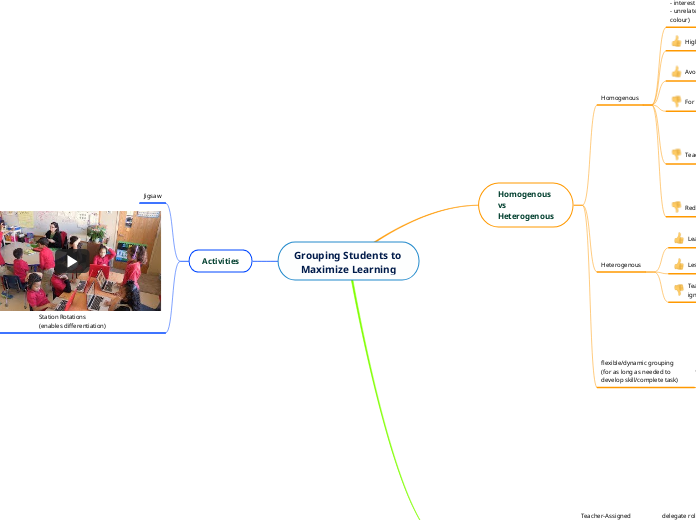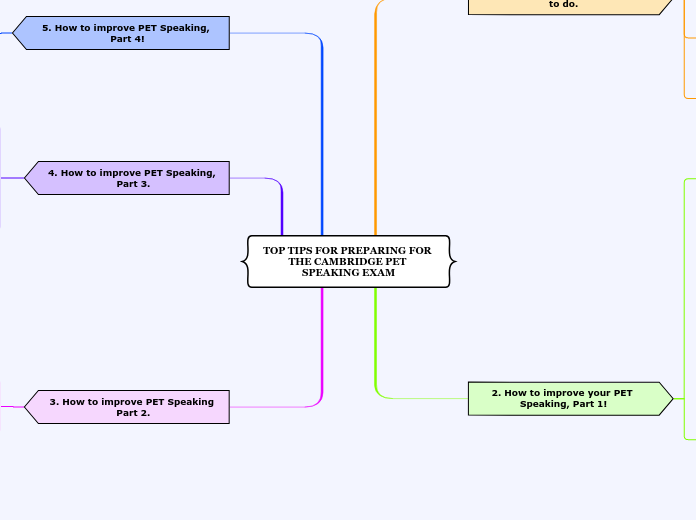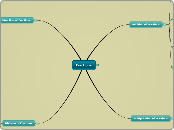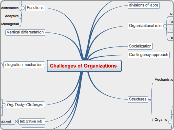Grouping Students to Maximize Learning
Activities
Station Rotations
(enables differentiation)
Group by ability
Same content,
different depth of exploration
Each station, different modality
(Read+answer, manipulate with hands, discuss with T)
Jigsaw
Teacher-Assigned
vs.
Student-Chosen
Student-chosen
possible complacency/distraction
higher group cohesion/more fun
Teacher-Assigned
delegate roles
- Timekeeper
- Recorder
- Presenter
- Illustrator
role cards to clarify expectations
leverage different strengths of group members
interdependence
Homogenous
vs
Heterogenous
flexible/dynamic grouping
(for as long as needed to develop skill/complete task)
Don't stick with same method.
Students learn to adapt.
Be adaptable:
If group not working, split up/rearrange.
Heterogenous
Teaching to the middle,
ignoring 60% of students
Less preparation needed
Learn to support each other.
Strong students may resent it
or be deprived of own learning
Homogenous
Reduced diversity
Teacher perpetuate initial assessment
Damage self-esteem to low
Perpetuate inequality
low-level students need greater support but may not receive as much
For teachers, multiple lesson plans
Avoids teacher teaching to the middle
Able to differentiate learning content for each group
High/Middle performers more likely to challenge each other
Based on
- ability (reading, math)
- interest in the current unit subtopic
- unrelated interest (i.e. random) (e.g. preference of pet, shoe colour)









